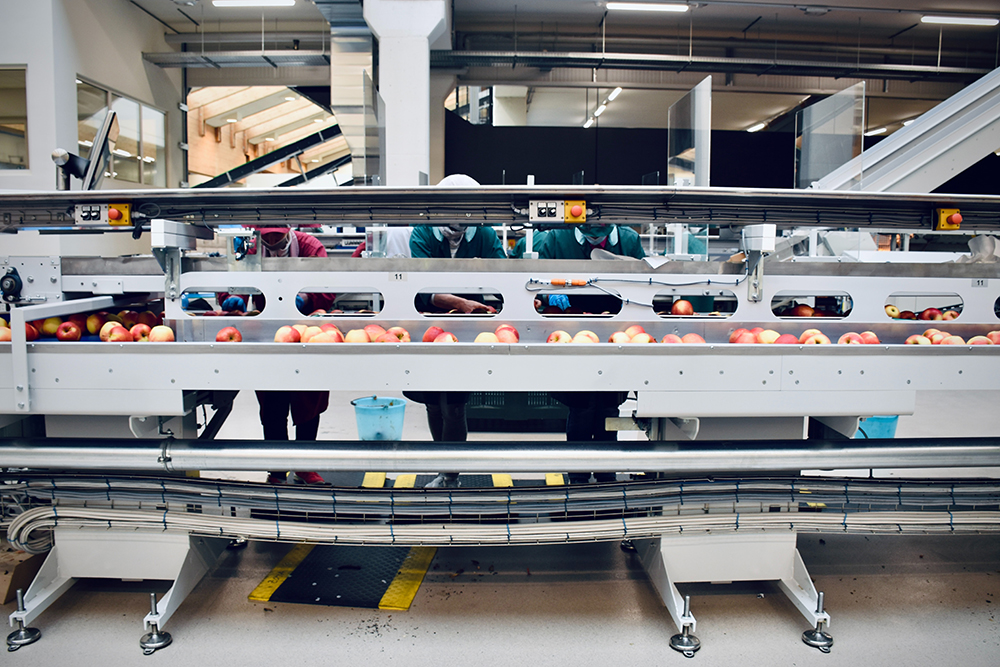
What the Pandemic Has Taught Us About Supply Chains
Supply chain disruptions were the cause of significant chaos during the early stages of the pandemic. Product shortages and price hikes made shopping for things like cars, appliances, and even some grocery items next to impossible.
It seems that the worst of the pandemic is behind us, and yet the lessons it taught remain crucial for avoiding future disruptions. In this article, we look at what the pandemic has taught us about supply chains.
Global Supply Chain Management
Global supply chain management is the responsibility of overseeing raw materials as they transition into products and make their way onto store shelves. The job of the global supply chain manager is to reduce costs, eliminate risks, and increase efficiency.
During normal times, the overwhelming number of variables that go into the process of product development make global supply chain management difficult. Covid, however, completely changed the world’s understanding of how vulnerable supply chains were.
Supply Chains are Endlessly Connected
A look at the numbers shows that supply chain disruptions occurred across the board following the first wave of the pandemic in 2020. It’s true that supply chain disruptions were up almost 700%–a startling though not particularly surprising statistic.
However, some of the stats aren’t as easily explained. For example, factory fires went up almost 150%. Prices soared. Almost 30% of businesses said they needed to find new suppliers altogether.
When one thing goes wrong in a supply chain, it’s very easy for others to get out of sync as well. Factory fires rose because of employee shortages. An absence of one raw material, or, for that matter, processed goods, can have significant ramifications for a wide range of different industries.
To that end, the pandemic showed just how vulnerable supply chains really are.
Does the Made Just in Time Model Still Work?
For decades, manufacturers have worked to be very precise in how much product they generate, creating just enough at exactly the right moment to supply immediate needs. This is done mostly to guarantee that they achieve their bottom line and avoid waste.
From certain perspectives, including a focus on sustainability, it is a good model of production. But what about in times of crisis? Covid-19 showed that unexpected supply chain disruptions can lead to shortages that last months, or even years.
While producing a significant surplus is not practical, manufacturers need to consider advancing their strategic sourcing and SIOP methods. Minimizing waste and improving efficiency is the key to it all. That way, they can protect their margins in the future and avoid shortages.
Think Small Picture
While the pandemic was a big picture problem, many supply chain disruptions are very local. A strike in one village, power outages, bad weather. Highly localized Covid spikes. In the world of supply chain management, it is very possible for something small to have major ramifications.
Supply chain managers are now equipped with technology that makes it easier to anticipate even minor disruptions, pivoting quickly into solutions that will provide relief.
Not only is this beneficial for future situations, but it can also help businesses navigate what is left of the pandemic. While the proliferation of vaccines has significantly diminished the worst Covid-19 outcomes, there continue to be spikes and variants that can lead to worker shortages and other forms of supply chain problems with potentially debilitating consequences. The right technology makes these situations easier to anticipate and react to. Speaking of which…
Data is King
Data processing and implementation can have a significant impact on the future of supply chain management. Data-driven technological solutions can be used to anticipate probable disasters, and help supply chain managers find solutions quickly.
In the context of a pandemic, data might be used to predict viral spikes which then result in employee shortages and subsequent supply chain disruptions. Even in run-of-the-mill operations, however, data implementation can have a significant impact on how products find their way onto store shelves.
Fleet management technology is a good example of this. Using IoT sensors and data algorithms, fleet management technology can analyze routes, economize fuel, and improve vehicle maintenance automatically, making it easier for manufacturers to guarantee on-time deliveries.
Not only does this save money, but it can also improve the efficiency of the entire manufacturing process.
Backup Plans
Finally, the Covid-19 pandemic illustrated the importance of having alternatives for our supply chains. To ensure minimal disruptions, supply chain managers should consider multiple streams of production, ideally finding localized or nearby solutions for manufacturing that can be tapped quickly when the need arises.
Globalization has allowed manufacturers to shop around anywhere, looking for the most affordable option for their production needs. While this remains appealing, having contingencies, even if they come with a higher sticker price, can be an invaluable component of avoiding disruption.
* This article is written by Andrew Deen. Andrew has been a consultant for startups in almost every industry from retail to medical devices and everything in between. He implements lean methodology and is currently writing a book about scaling up business. You can follow him on Twitter @AndrewDeen14






